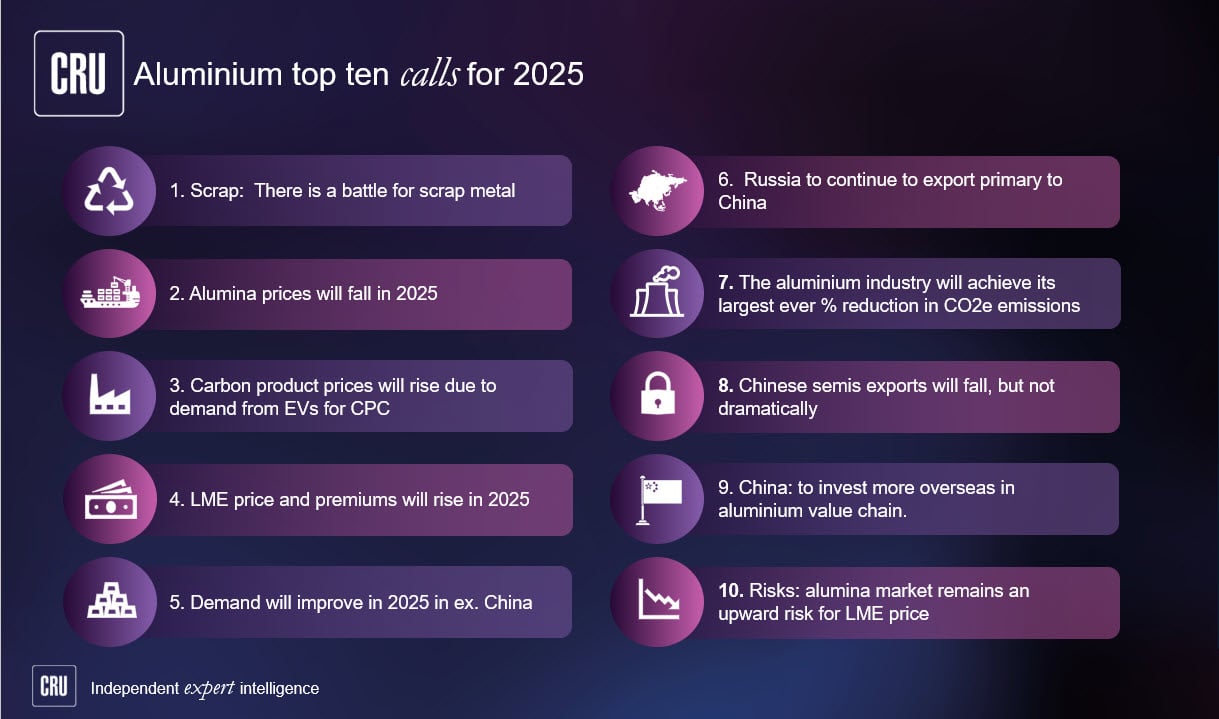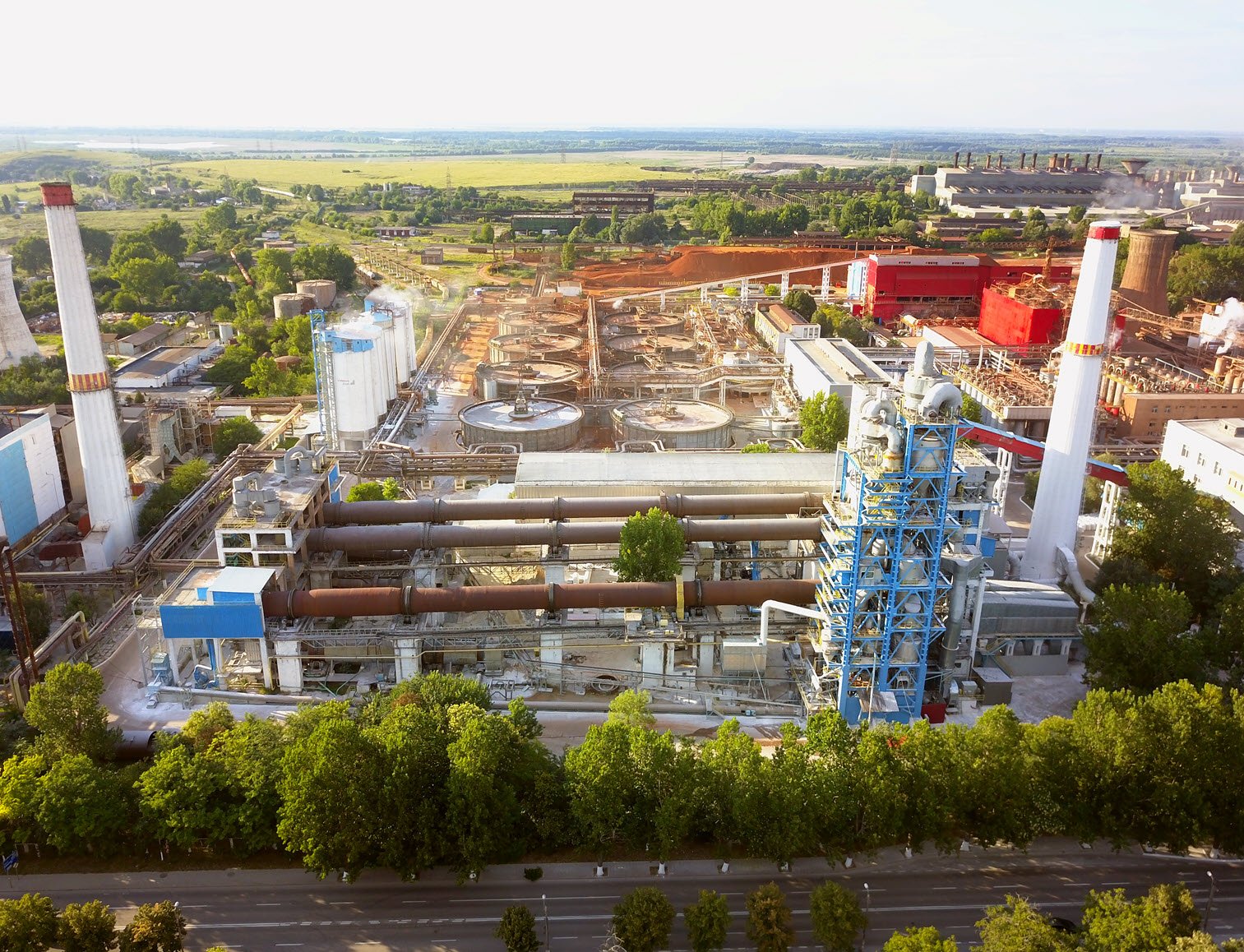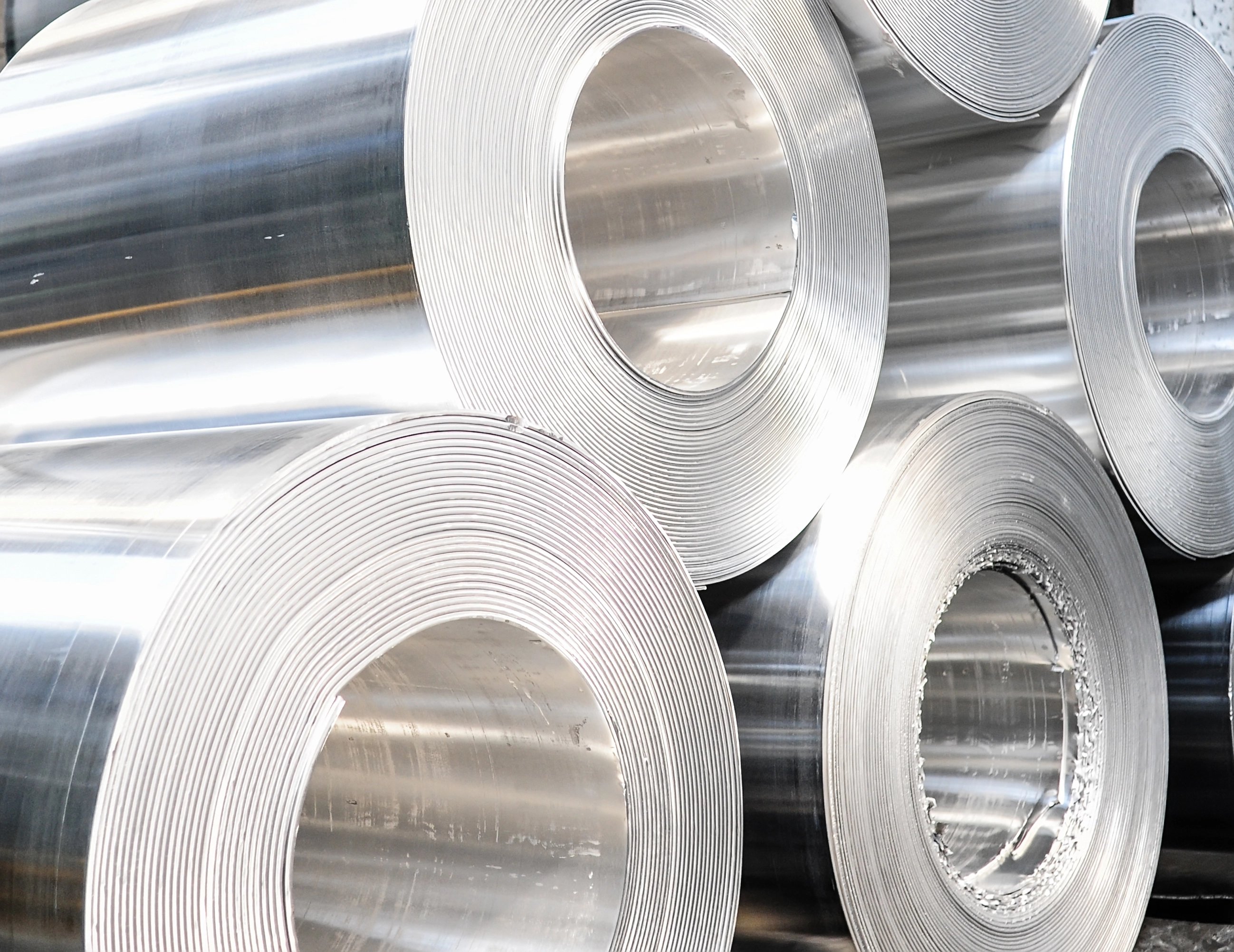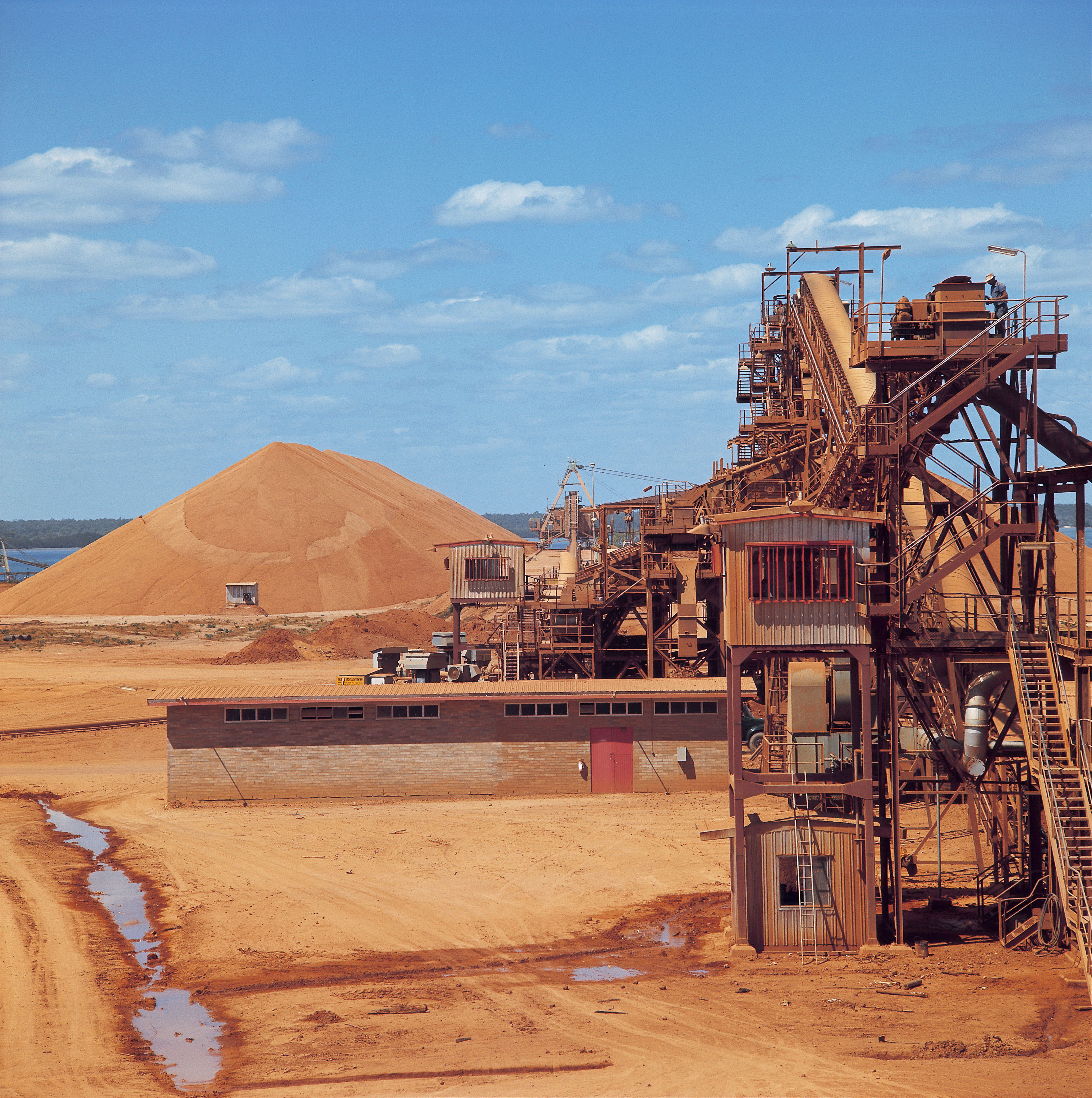The election of Donald Trump as the 45th President of the USA has potentially major implications for the US economy and for global trade - both of which will impact the aluminum market greatly.
It is far too early to be sure what the outcome of this will be and to what extent the rhetoric of the US election translates into actual policy. However, as the market mulls the latest political upheaval, it is important to consider and assess some of the potential effects. Wall Street appears to have greeted the election with renewed optimism, based on the prospect that growth will be boosted, and a friendlier approach to the banking sector being adopted. It is uncertain whether that optimism is fulfilled. US aluminum market participants are determining the implications for specific markets from fiscal boosts or tax cuts, and how potential changes to environmental standards might impact the light metal. Others are mulling the impact on trade, especially for China and what that means for US manufacturing and for US consumers of aluminum and scrap. Although far from clear, CRU has assessed the possible impacts, with our thoughts detailed as follows.
To assess some of the potential impacts let's first outline the state of the US economy prior to the election and how US aluminum markets were faring.
This can be summed up as follows:
- Sluggish economic growth (despite a better than expected Q3 2016 outcome)
- Flat to minimal gains in industrial production
- Leading to flat to moderate growth in aluminum demand in industrial sectors
- Declining to stagnant activity (drilling/production/infrastructure/support) in the oil patch (large swath of the country)
- Strong dollar reducing US industry competitiveness
- Rising employment but stagnant wage rates
- Weak-to-tepid activity for mining
- Consumer confidence soft but improving
- Strength in construction
- Housing starts rising moderately while remaining lower than in past cycles
- Low mortgage rates help boost housing
- Nonresidential activity beginning to rise after prolonged weakness but retail space remaining in surplus
- Aluminum building sheet markets strengthening with moderately improving non-residential sector increasing extrusion activity slightly
- Fin stock for HVAC up strongly in line with growth in housing
- Soft transportation equipment
- Double-digit declines in heavy trucks and trailer products
- Weak rail cars and dump trucks
- Flat-to-down aircraft products; aircraft production growth slowing due to model changeovers, while inventory destocking takes aluminum mill shipments lower temporarily
- Mixed big-ticket consumer spending
- Auto sales remain strong but beginning to slip with forecasts of declines
- Strong sales of some recreational vehicles (RVs)
- Non-cyclical aluminum markets like can sheet and most foil (packaging, container, household) in flat to modest growth mode, but imports increasing, especially in foil
- Prospect for rising interest rates beginning in December as the Federal Reserve begins the process to "normalize" monetary policy
In summary, the US economy was exhibiting slow-growth with some pockets of strength but also major pockets of weakness. As a result aluminum demand growth has been slow, except in housing and where intensity of use gains really impact - such as auto body sheet.
So what will be the impact of the election on economic growth and thus the aluminum market?
As we assess the potential implications, it should be stressed that there are major caveats in the extrapolation of election rhetoric to policy, legislation, government action, and then results. Funnily enough, politicians are known to sometimes make promises that are not fulfilled (shocking discovery). The Trump campaign was unconventional and rhetoric was less clear and cogent than normal (and normal campaign rhetoric is not very cogent); hence it is less clear than normal what the Trump proposals will turn out to be. That is no surprise but it is also less clear how close the plans and policies of the leadership in Congress may match.
Notwithstanding the caveats, we can make the following extrapolations:
Major stimulus to economic growth is a clear goal of the new administration; this would be a net positive for aluminum consumption growth if it were achieved. However, what new administration hasn't had the intention of stimulating economic growth? Trump's stimulus depends on Keynesian-type fiscal stimulus, which brings with it the risks of tighter monetary policy and higher inflation rates.
- So far it appears that Wall Street reaction is quite positive to the plans with discussions of major fiscal stimulus plus potential cost reductions from deregulation.
- Anticipations of both major infrastructure spending plus serious tax cuts for both corporations and individuals form the foundation of the stimulus.
- The makeup of the infrastructure program is not clear, as yet, but the presumption can be made of major spending on highways and bridges, and perhaps electrical grid systems. Aluminum should benefit somewhat from increased demand for signs, lighting, and guardrails for example. Any portion for mass transit (passenger cars) or power grid will also benefit aluminum. Improvements in manufacturing growth would also have a positive impact on the US scrap market.
- Corporate tax cuts (including repatriation of offshore funds) should spur capital expenditures which should benefit aluminum.
- Individual tax cuts should boost consumer spending for a range of aluminum-intensive items like autos, RVs, HVAC systems, boats, etc.
- The above items should also boost consumer optimism, and with appropriate multipliers they generally add economic growth in a classic Keynesian manner.
- Market anticipation of this stimulus has propelled early gains in financial markets (both equity prices and bond yields).
- Given the length of the legislative process, real benefits could be seen as early as mid-2017 but more likely late 2017. The goal, according to the Secretary of the Treasury designate, is a real GDP growth rate of 3-4% for several years vs. the 1-2% achieved in the last few years by adding stimulus. If achieved, this would of course be highly positive for aluminum and other major commodities as well. But achieving and sustaining such growth rates is entirely another matter.
- In addition to major fiscal stimulus, the new Administration will launch major deregulation to boost productivity and hence growth.
- The discussion, thus far, has mentioned:
- Modify Obamacare
- Eliminate or reduce regulations that restrict energy production (including some environmental regulation)
- Delay overtime regulation changes
- Reduce restrictions on drug discoveries and speed approvals
- The discussion, thus far, has mentioned:
- One potential change of interest to aluminum is modifying CAFE standards; our auto industry contacts mention potential extension of deadlines but no major dismantling at this point. While a change will not affect model conversions to aluminum planned through 2020, it could slow the pace of new conversions in the 2020 to 2025 period should extensions be achieved. However, the states will be free to impose stronger regulations and, as has been the case in the past, the automakers are likely to have to manufacture to the most stringent standards (which in the past has been California).
- Some modification and simplification of Dodd-Frank regulations could be sought to spur bank lending, thereby supporting growth acceleration.
Of course one of the major thrusts during the campaign was a much more aggressive approach to trade. In terms of the rhetoric during that campaign, this would potentially include:
- Renegotiation of major trade pacts, e.g. NAFTA and non approval of the TPP.
- A much more "hands on" approach to movements of manufacturing from the US offshore (including Mexico) or luring manufacturing into the USA.
- Trade cases and potential tariff increases-either as threats in negotiations or actually implemented; major moves could be made that would significantly impact the US aluminum industry, such as further restricting semis exports from China (extruded products from China already face countervailing duties).
The USA imports significant volumes of aluminium foil and sheet and plate from China, including a small but growing tonnage of can stock. Tariffs or duties that curbed or halted such imports would have a huge implication for the US rolled products sector. At the same time, consumers could be faced, at least in the short-term, with escalating prices and perhaps in the case of foil shortages of supply and suppliers. A tougher trade stance could also impact scrap exports, especially as China is the largest importer of US scrap. Moreover, an aggressive attitude on trade could backfire and trade wars could begin.
A further risk surrounds what we call execution risk. Implementing many of the fiscal programs, plus financial reform, plus new trade deals will be very demanding. Getting the legislation through Congress will be onerous and may be time-consuming and there is significant risk of error in the design and implementation of the policies so that goals are not achieved.
Increased fiscal spending can also bring other economic risk. Monetary policy is already set to tighten with interest rate hikes slated for late 2016 and into 2017. Tighter monetary policy will in itself offset a portion of the fiscal stimulus. If inflation is stoked by looser fiscal policy, the monetary policy could be more significant. Currency remains a downside risk too; as interest rates rise the US dollar should strengthen, which will further reduce US competiveness in international markets.
In summary-the strong pro-growth agenda of the new Administration has generated significant optimism on the potential for growth in the US economy (and thus for aluminum demand) in some quarters, especially on Wall Street. However, significant risks remain and "the devil is in the detail". If implemented successfully, and without provoking counter-productive trade actions from countries such as China, there could be a net positive for aluminum demand; but the road ahead is likely to be a bumpy one.

















